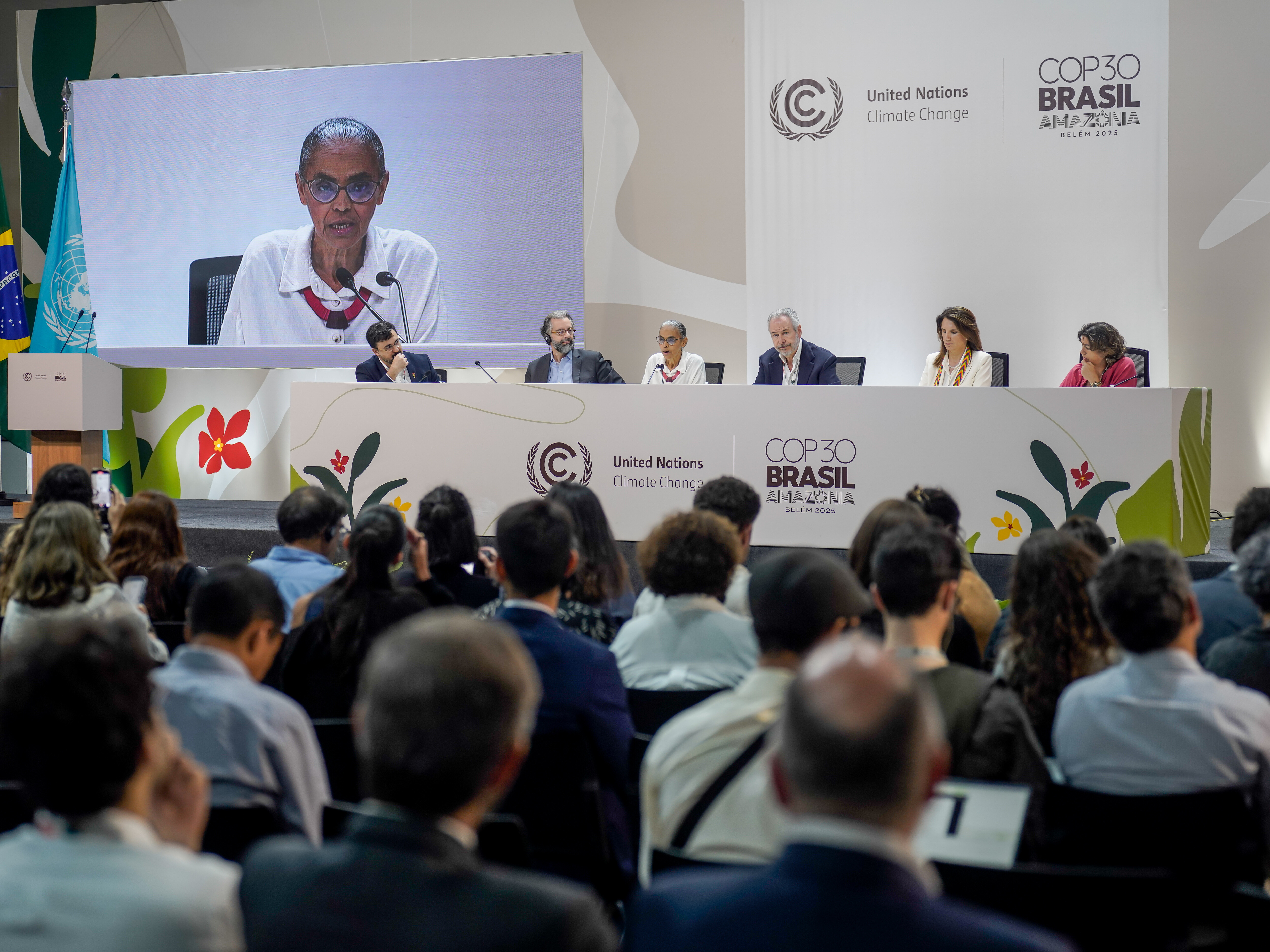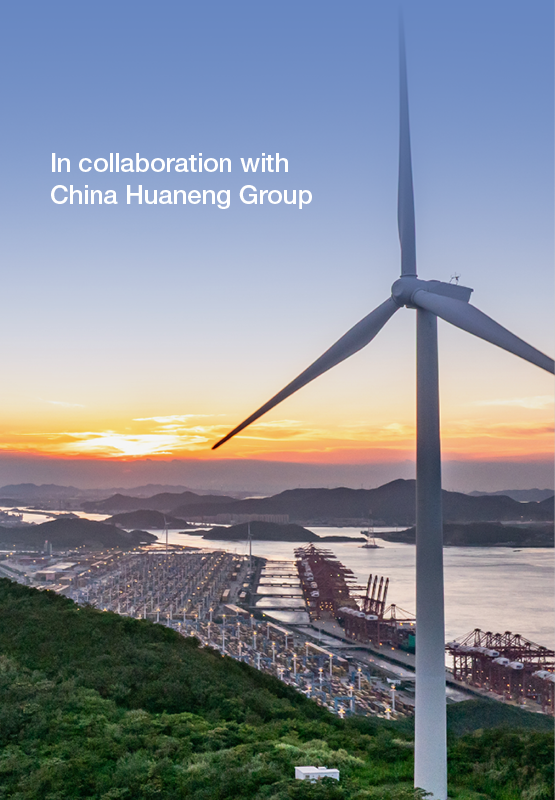Why switching to clean energy will require massive social change

A slow and steady transition to a zero-carbon society is not enough to prevent devastating climate change. The world needs an emergency response. Image: REUTERS/Fabian Bimmer
Global climate change, driven by human emissions of greenhouse gases, is already affecting the planet, with more heatwaves, droughts, wildfires and floods, and accelerating sea-level rise.
Devastating impacts on our environment, health, social justice, food production, coastal city infrastructure and economies cannot be avoided if we maintain a slow and steady transition to a zero-carbon society.
According to Stefan Rahmstorf, Head of Earth System Analysis at the Potsdam Institute for Climate Impact Research, we need an emergency response.
A big part of this response needs to be transforming the energy sector, the principal contributor to global warming in Australia and many other developed countries.
Many groups have put forward ideas to transition the energy sector away from carbon. But what are the key ingredients?
Technology is the easy bit
At first glance the solution appears straightforward. Most of the technologies and skills we need – renewable energy, energy efficiency, a new transmission line, railways, cycleways, urban design – are commercially available and affordable. In theory these could be scaled up rapidly.
But in practice there are several big, non-technical barriers. These include politics dominated by vested interests, culture, and institutions (organisational structures, laws, and regulations).
Vested interests include the fossil fuel industry, electricity sector, aluminium smelting, concrete, steel and motor vehicles. Governments that receive taxation revenue and political donations from vested interests are reluctant to act effectively.
To overcome this barrier, we need strong and growing pressure from the climate action movement.
There are numerous examples of nonviolent social change movements the climate movement can learn from. Examples include the Indian freedom struggle led by Gandhi; the African-American civil rights movement led by Martin Luther King Jr; the Philippine People Power Revolution; and the unsuccessful Burmese uprising of 1988-90.
Several authors, including Australian climate scientist Matthew England, point out that nations made rapid socio-economic changes during wartime and that such an approach could be relevant to rapid climate mitigation.
Learning from war
UNSW PhD candidate Laurence Delina has investigated the rapid, large, socio-economic changes made by several countries just before and during World War 2.
He found that we can learn from wartime experience in changing the labour force and finance.
However, he also pointed out the limitations of the wartime metaphor for rapid climate mitigation:
Governments may need extraordinary emergency powers to implement rapid mitigation, but these are unlikely to be invoked unless there is support from a large majority of the electorate.
While such support is almost guaranteed when a country is engaged in a defensive war, it seems unlikely for climate action in countries with powerful vested interests in greenhouse gas emissions.
Vested interests and genuinely concerned people will exert pressure on governments to direct their policies and resources predominantly towards adaptation measures such as sea walls, and dangerous quick fixes such as geoengineering. While adaptation must not be neglected, mitigation, especially by transforming the energy sector, should be primary.
Unfortunately it’s much easier to make war than to address the global climate crisis rapidly and effectively. Indeed many governments of “democratic” countries, including Australia, make war without parliamentary approval.
Follow the leaders!
According to Climate Action Tracker, the 158 climate pledges submitted to the United Nations by December 8 2015 would result in around 2.7℃ of warming in 2100 – and that’s provided that all governments meet their pledge.
Nevertheless, inspiring case studies from individual countries, states and cities could lead the way to a better global outcome.
Iceland, with its huge hydroelectric and geothermal resources, already has 100% renewable electricity and 87% renewable heat.
Denmark, with no hydro, is on track to achieve its target of 100% renewable electricity and heat by 2035.
Germany, with modest hydro, is heading for at least 80% renewable electricity by 2050, but is behind with its renewable heat and transport programs.
It’s easier for small regions to reach 100% renewable electricity, provided that they trade electricity with their neighbours. The north German states of Mecklenburg-Vorpommern and Schleswig-Holstein are generating more than 100% net of their electricity from renewables.
The Australian Capital Territory is on track to achieve its 100% renewable electricity target by 2020. There are also many towns and cities on programs towards the 100% goal.
If the climate action movement can build its strength and influence, it may be possible for the state of Tasmania to achieve 100% renewable energy (electricity, heat and transport) and for South Australia to reach 100% renewable electricity, both within a decade.
But the eastern mainland states, which depend heavily on coal for electricity, will need to build new renewable energy manufacturing industries and to train a labour force that includes many more highly trained engineers, electricians, systems designers, IT specialists and plumbers, among others.
Changes will be needed to the National Electricity Market rules, or at least to rewrite the National Electricity Objective to highlight renewable energy, a slow task that must obtain the agreement of federal, state and territory governments.
Australia has the advantage of huge renewable energy resources, sufficient to create a substantial export industry, but the disadvantage of a declining manufacturing sector.
There are already substantial job opportunities in renewable energy, both globally and in Australia. These can be further expanded by manufacturing components of the technologies, especially those that are expensive to ship between continents, such as large wind turbine blades, bulk insulation and big mirrors.
Transport will take longer to transform than electricity generation and heat. Electric vehicle manufacturing is in the early stage of expansion and rail transport infrastructure cannot be built overnight, especially in car-dependent cities.
For air transport and long-distance road transport, the only short-term solution is biofuels, which have environmental and resource constraints.
How long would it take?
The timescale for the transition to 100% renewable energy – electricity, heat and transport – depends on each country or region and the commitment of its governments.
Scenario studies (see also here), while valuable for exploring technological strategies for change, are not predictions. Their results depend upon assumptions about the non-technical strategies I have discussed. They cannot predict the timing of changes.
Governments need to agree on a strategy for transitioning that focuses not just on the energy sector, but includes industry, technology, labour, financial institutions, governance and the community.
Everyone should be included in developing this process, apart from dyed-in-the-wool vested interests. This process could draw upon the strengths of the former Ecologically Sustainable Development process while avoiding its shortcomings.
The task is by no means easy. What we need is a strategic plan and to implement it rapidly.
Don't miss any update on this topic
Create a free account and access your personalized content collection with our latest publications and analyses.
License and Republishing
World Economic Forum articles may be republished in accordance with the Creative Commons Attribution-NonCommercial-NoDerivatives 4.0 International Public License, and in accordance with our Terms of Use.
The views expressed in this article are those of the author alone and not the World Economic Forum.
Stay up to date:
Energy Transition
Related topics:
Forum Stories newsletter
Bringing you weekly curated insights and analysis on the global issues that matter.
More on Climate Action and Waste Reduction See all
Pim Valdre
December 2, 2025







